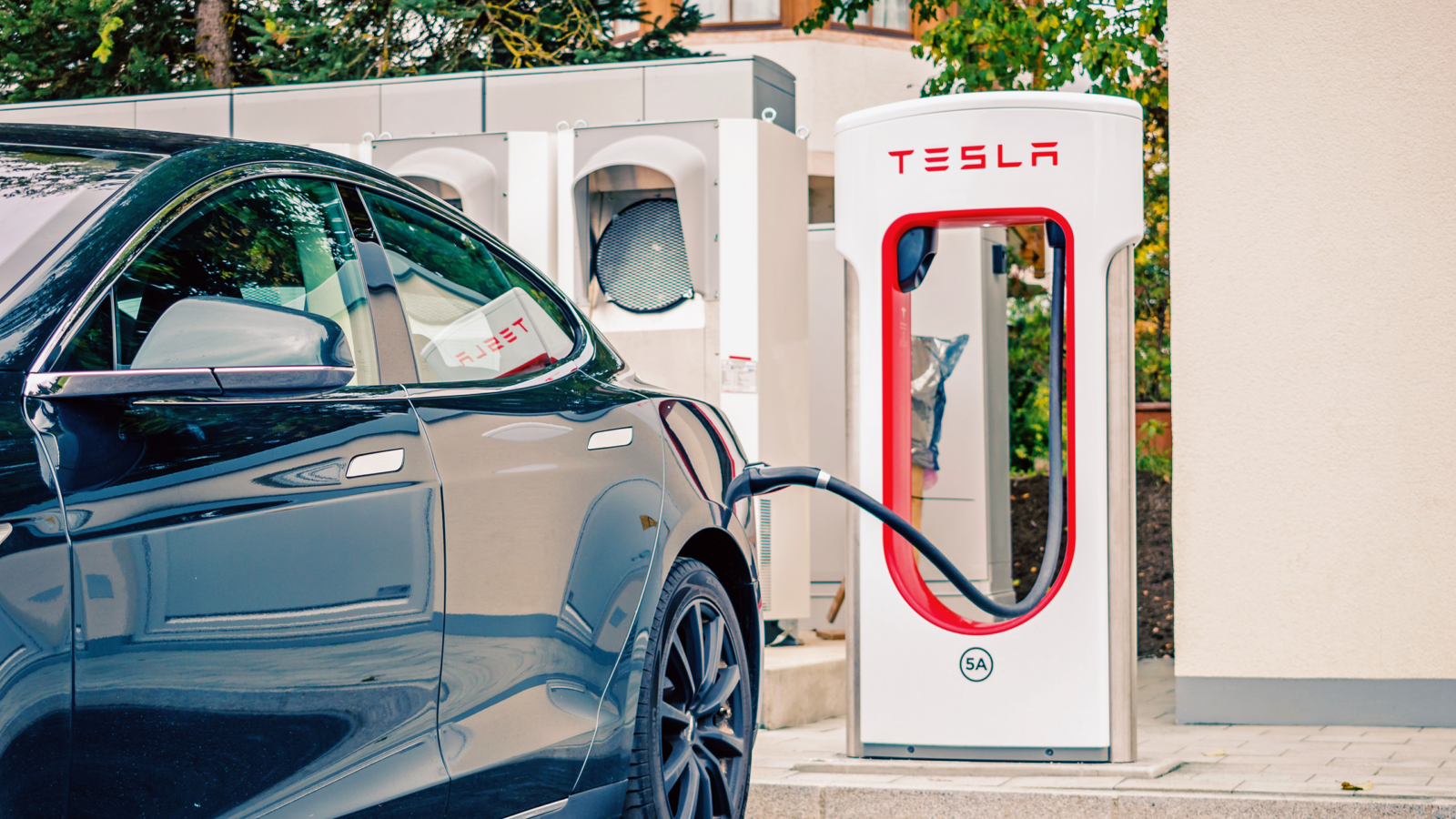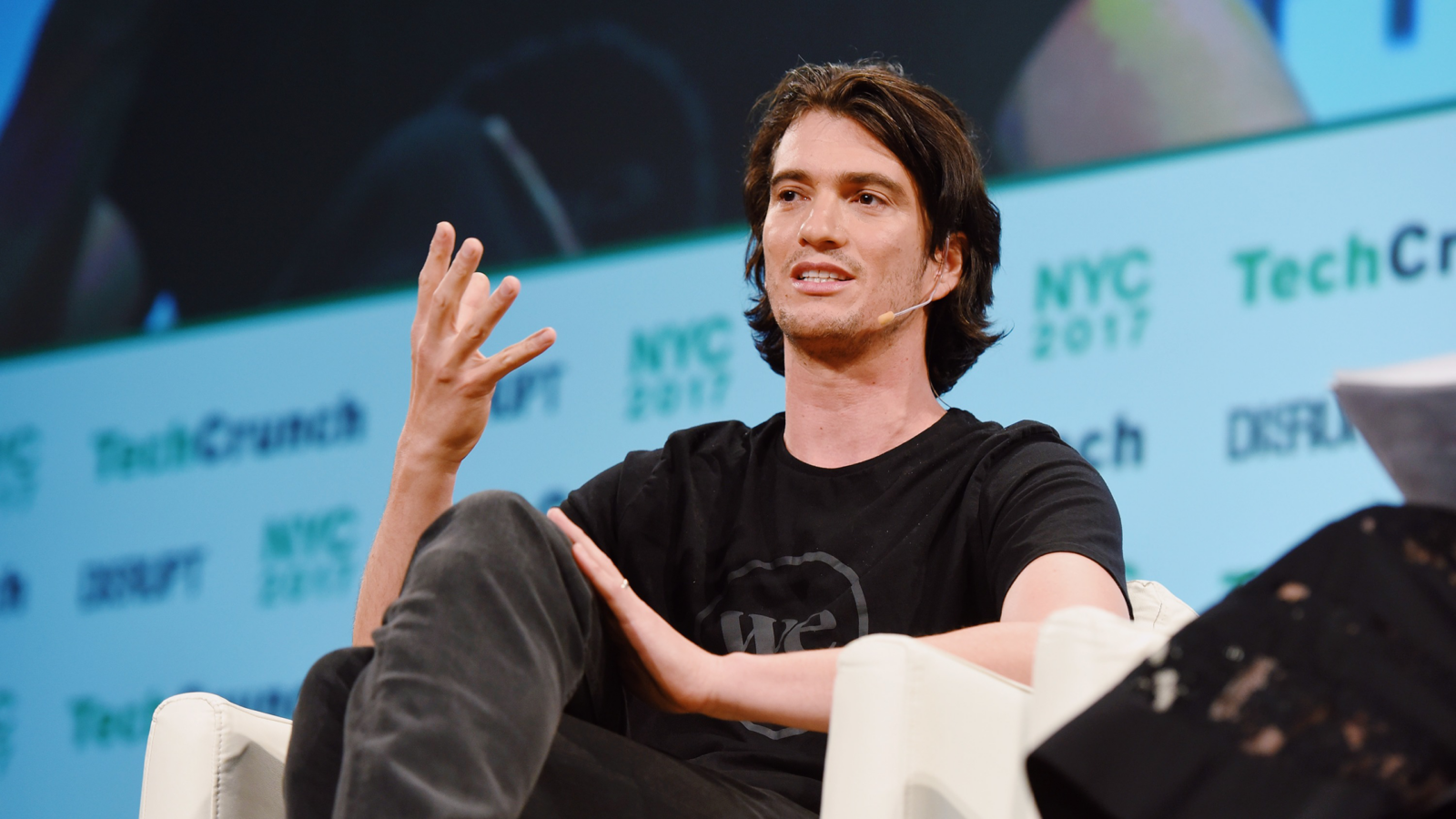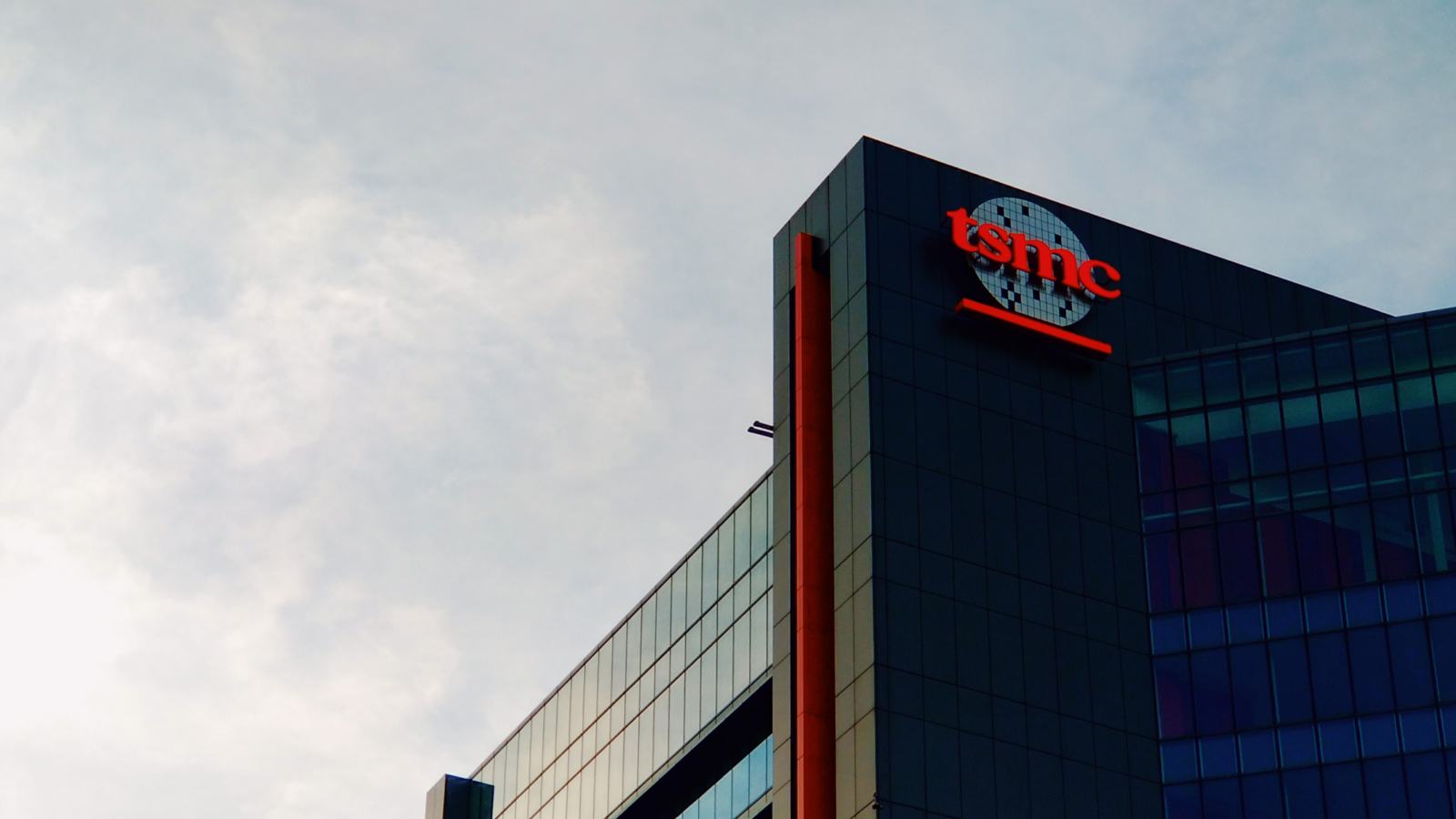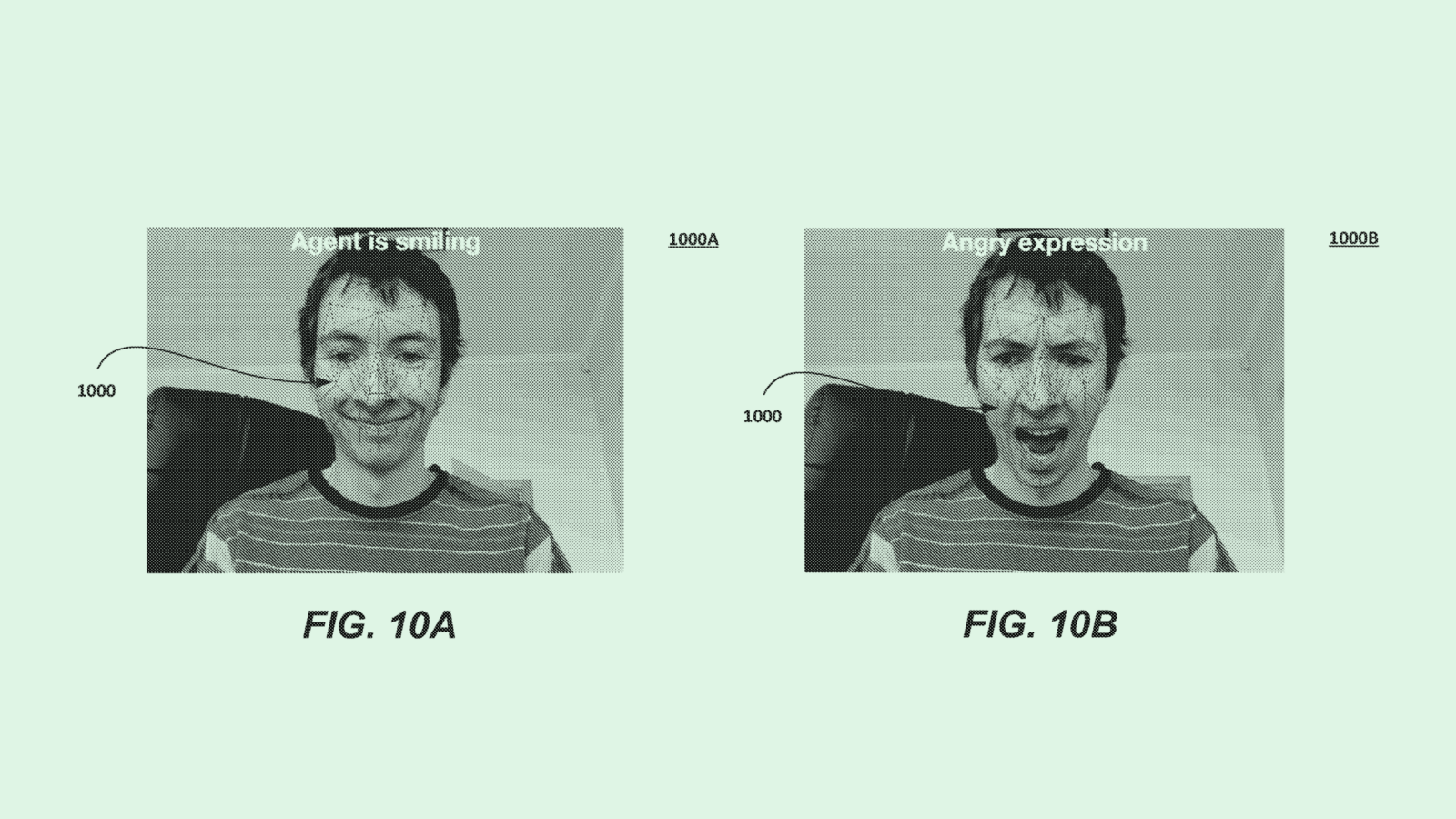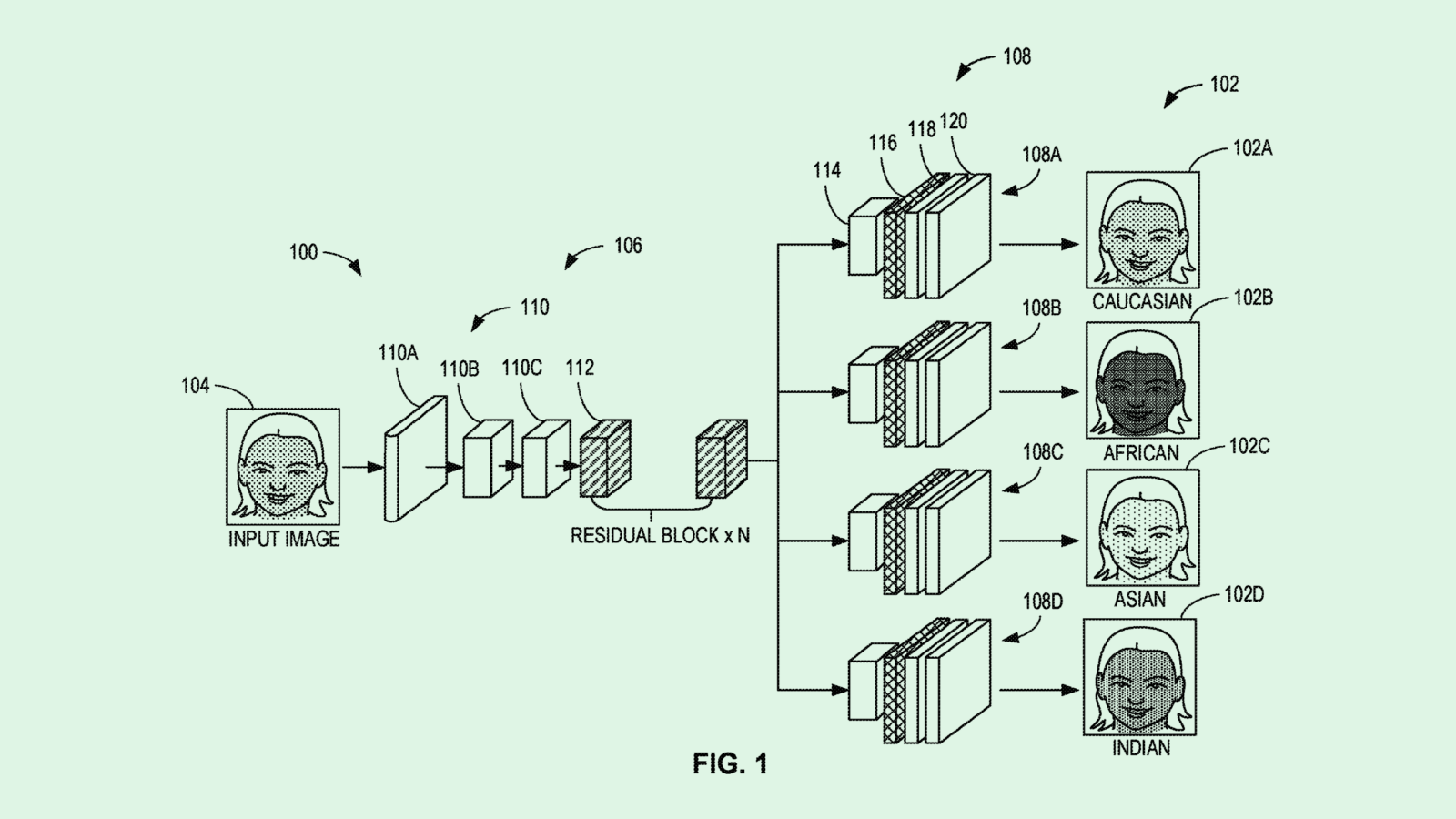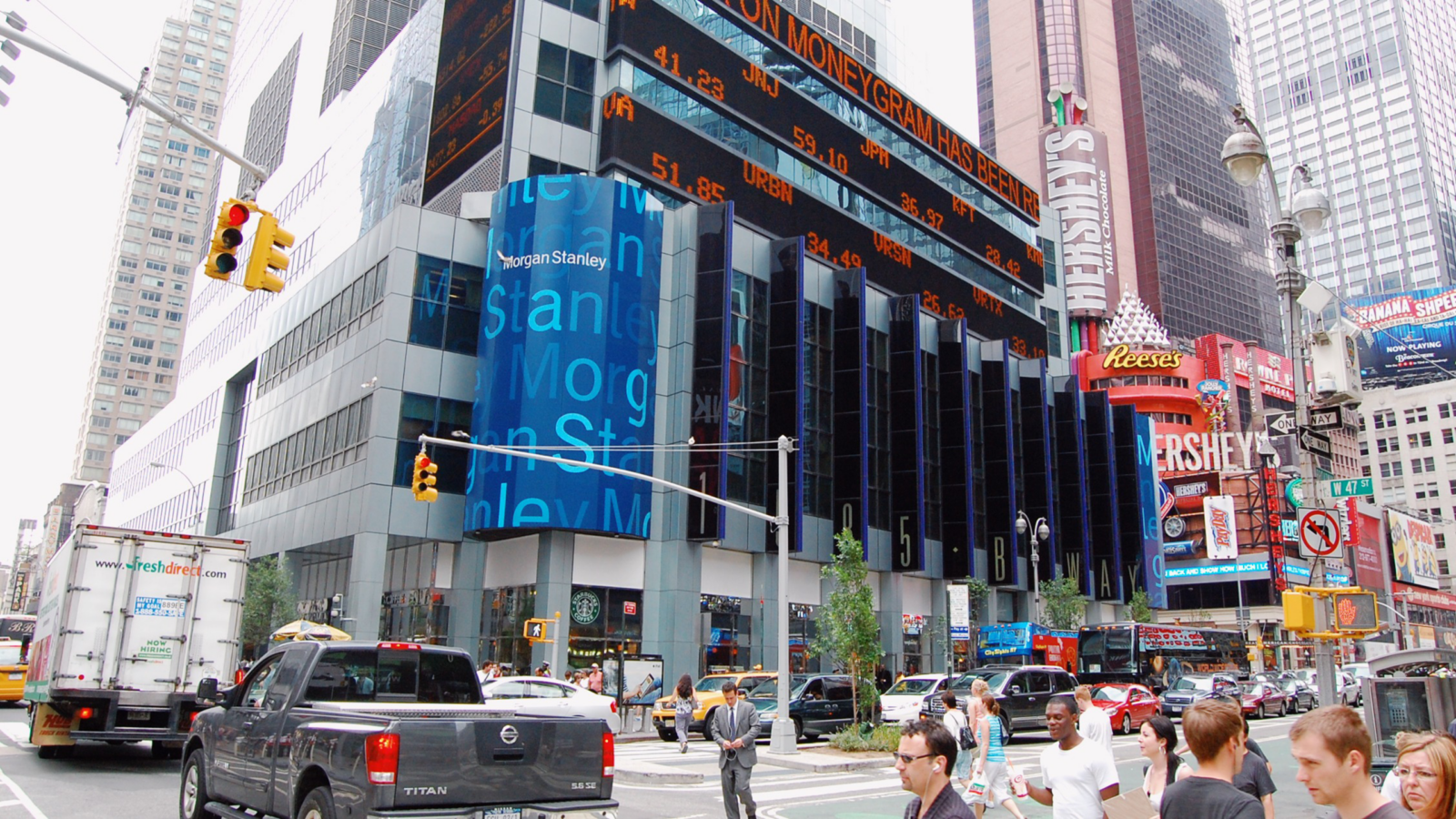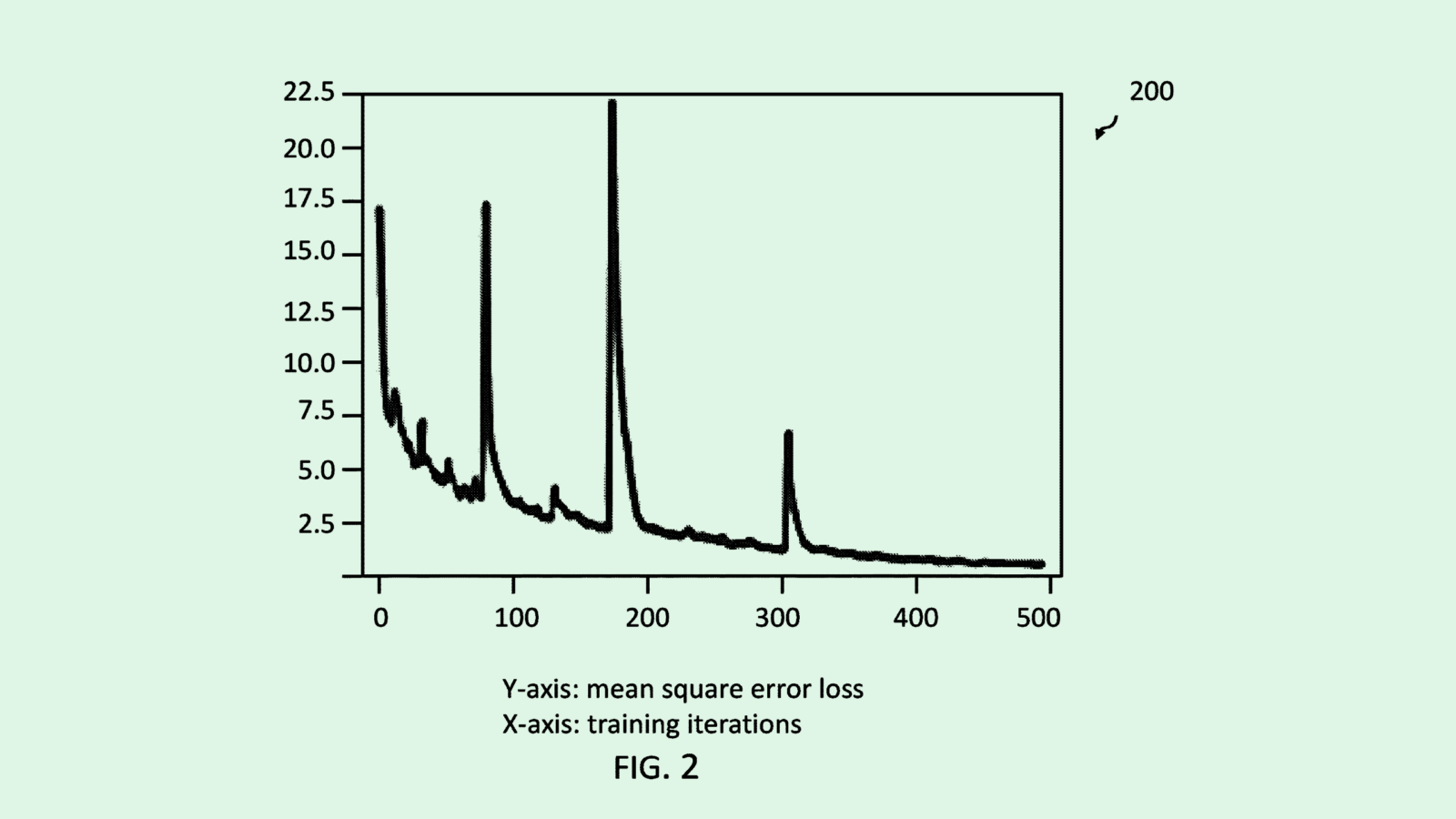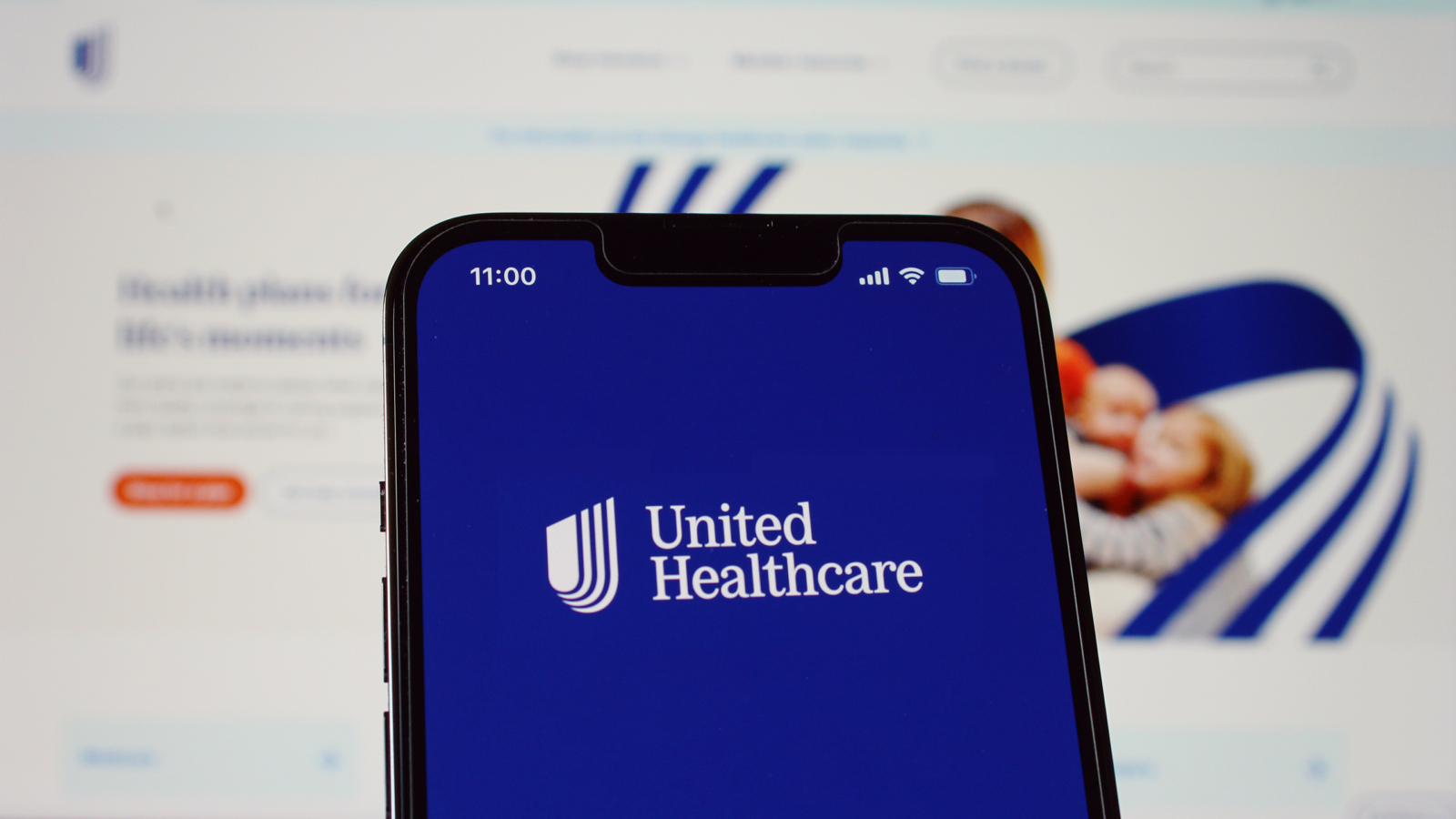A Fifth of BNPL Clients Use Fintech Apps to Pay for Groceries on Installment Plans
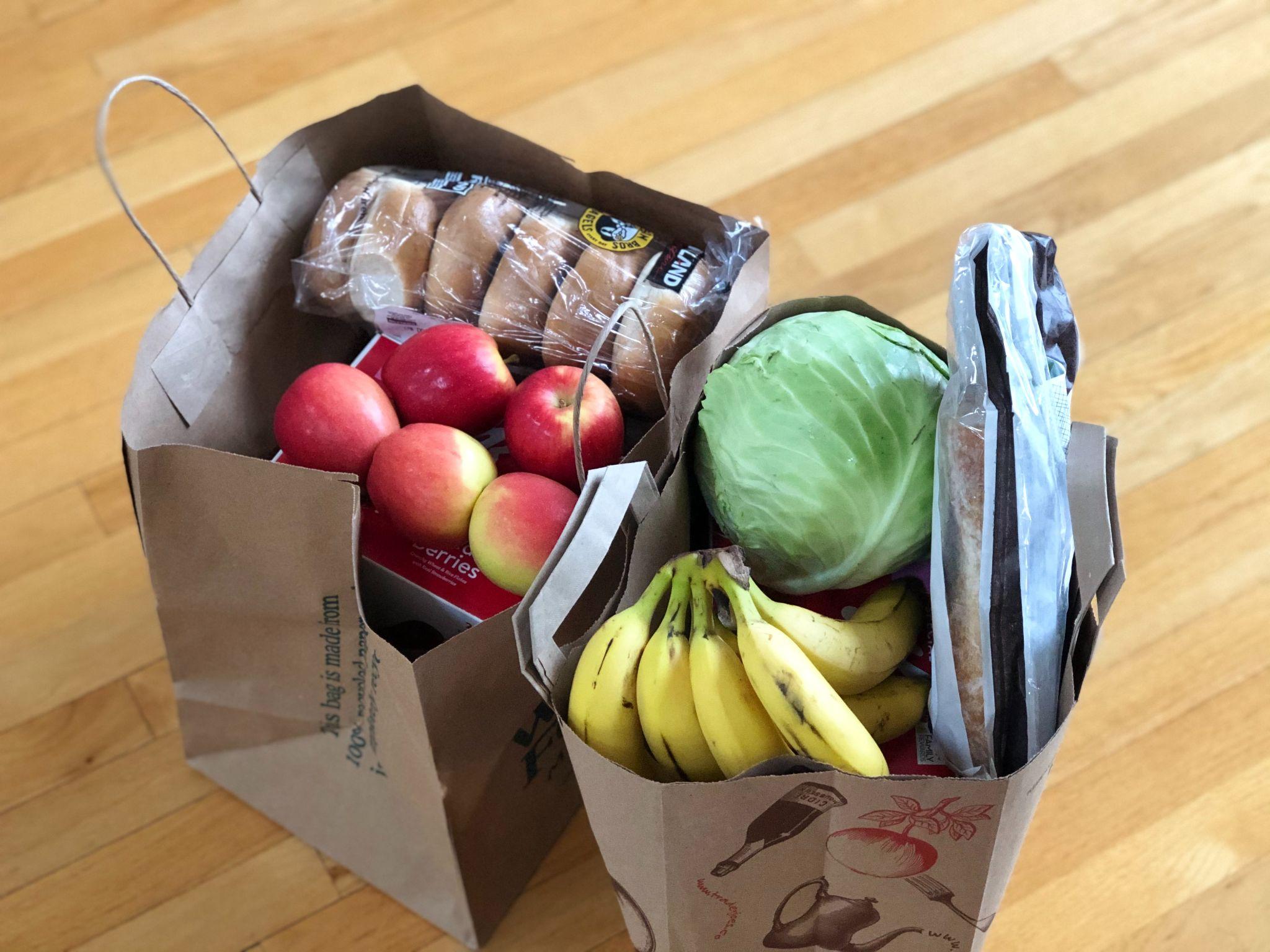
Sign up for smart news, insights, and analysis on the biggest financial stories of the day.
More like eat now, pay later.
In a sign of the times, a recent survey from LendingTree found that 1 in 5 buy-now-pay-later service users in America purchase their groceries with the aid of fintech providers such as Klarna, Afterpay, and Paypal. While consumers putting luxury purchases like Pelotons, Prada bags, and Playstations on BNPL apps has fueled their growth, the new economic reality of users putting essentials on tech-enabled layaway has the potential to go rotten for everybody involved.
You Gotta Eat
During the pandemic, spending through BNPL companies surged on items like clothes, appliances, and electronics as locked-in consumers indulged in retail therapy. It didn’t hurt that most BNPL companies don’t charge interest and that Wall Street investors took notice of their popularity.
But with the high-flying economy hitting some rough air, thanks in part to surging inflation, many cash-strapped shoppers are now using their installment apps to buy even the most basic stuff. More than 1 in 5 users, often living paycheck to paycheck, say that without BNPL they couldn’t afford their monthly eggs, meat, and vegetables. “I can’t just buy groceries out of pocket like I used to,” 34-year-old administrative assistant Faith Smith told Bloomberg. “It helps for a week or two, but then you’re stuck with a grocery bill for a couple months.”
- In 2019, five of the main lenders in the US originated loans worth $2 billion, according to the Consumer Financial Protection Bureau. By 2021, it had shot up to $24.2 billion. That’s great for the BNPL sector, but it coincided with historically low interest rates and relatively soft inflation. The reality has changed, but consumers have yet to fully adjust.
- According to the LendingTree survey, 32% of BNPL customers who earn $100,000 or more say they use their loans as a bridge from paycheck to paycheck. Using that reasoning, it would not be a shock to see them falling behind on payments or ditching BNPL services altogether, an outcome that would adversely affect the lenders backing BNPLs, and the retailers that use them to boost sales.
Too Sharp: ”High interest rates are a double-edged sword. On the one hand it will encourage more consumers to embrace BNPL over other forms of credit like credit cards because the interest-free rate periods of BNPL become more attractive in a high-rate environment,” Richard Wray, COO at payment processor Carta Worldwide, told Fintech Global. “On the other hand, it puts a squeeze on BNPL providers raising money to lend from the debt market.” Either way, it’ll make it harder to defer the pain.
